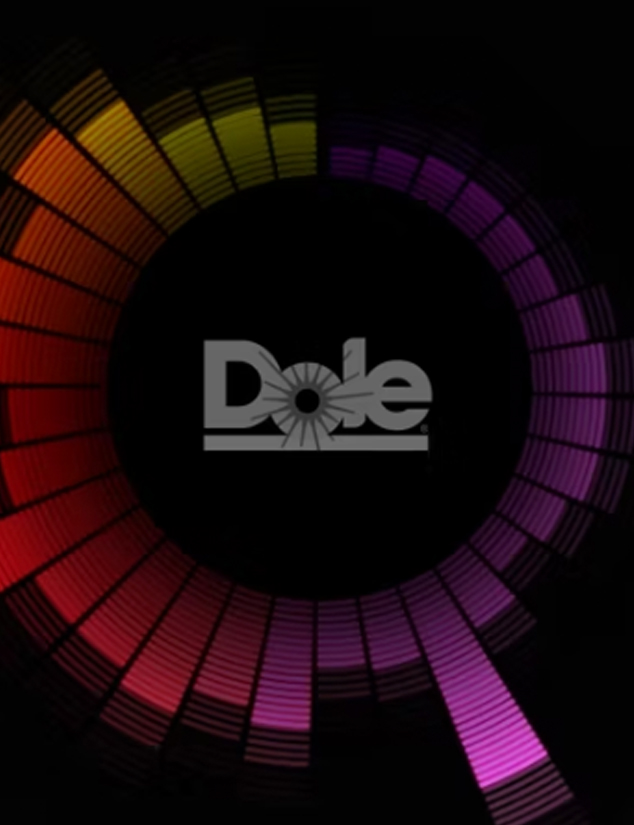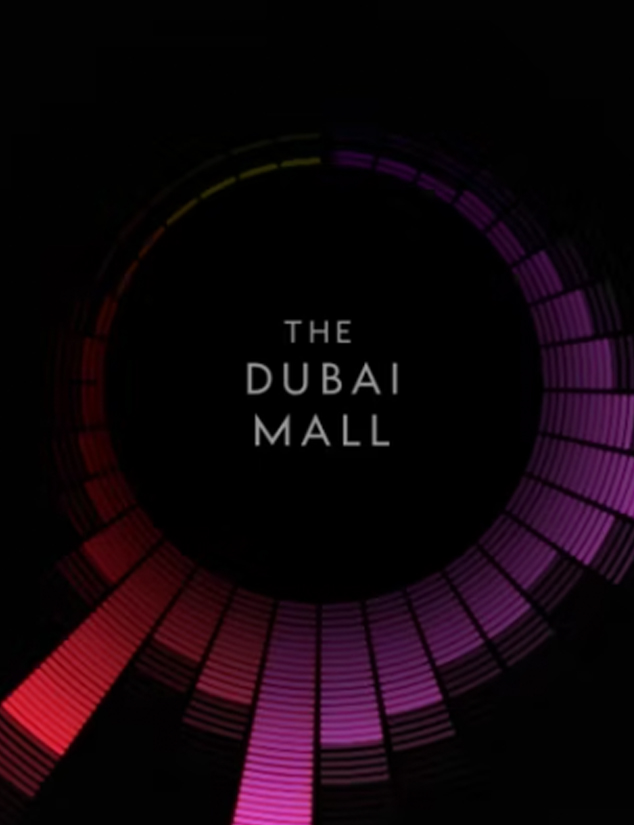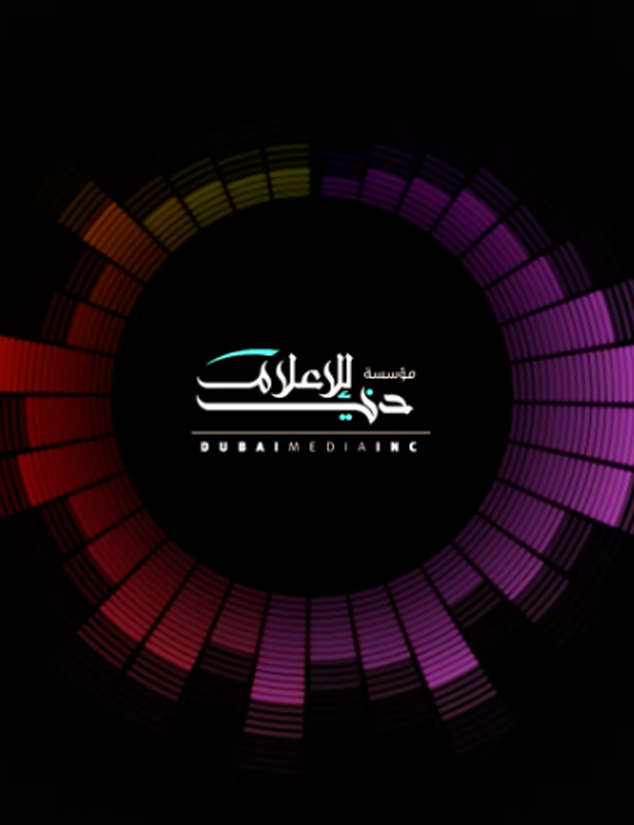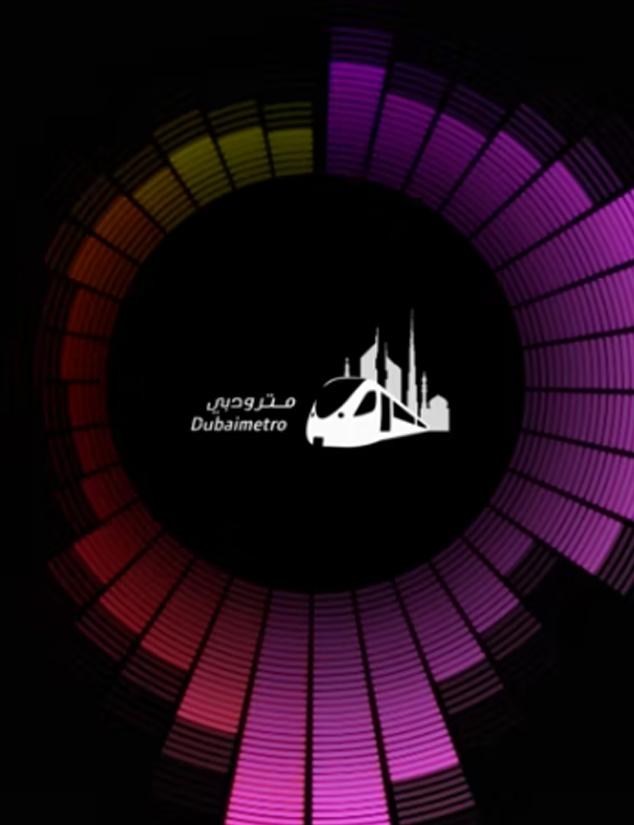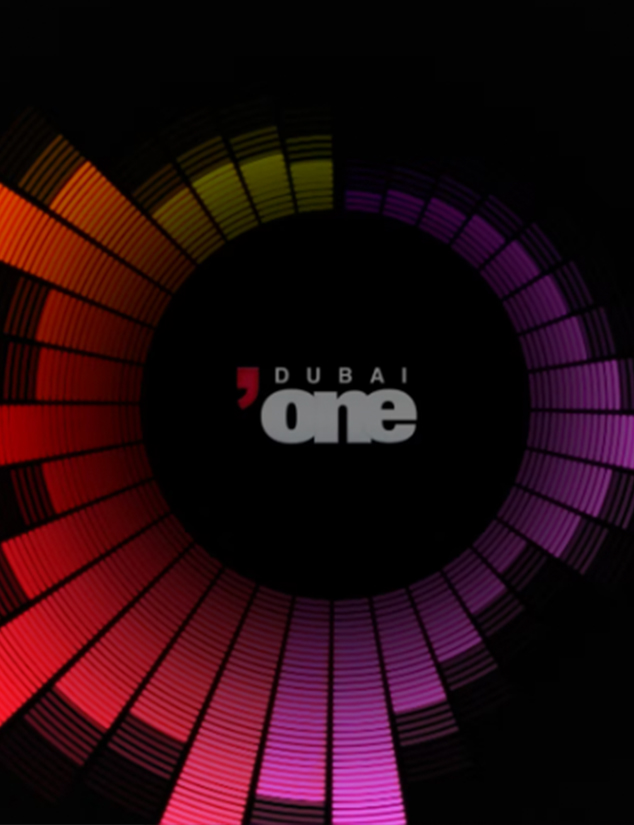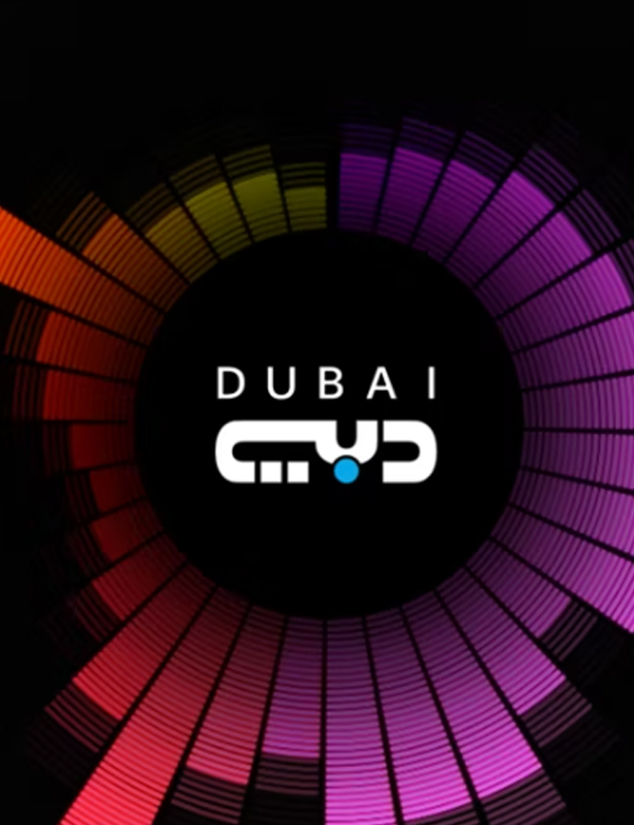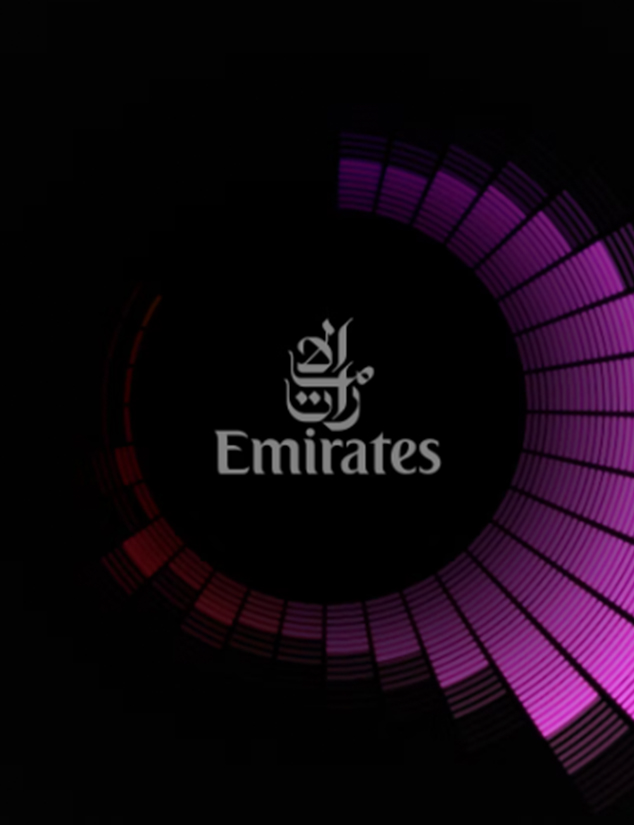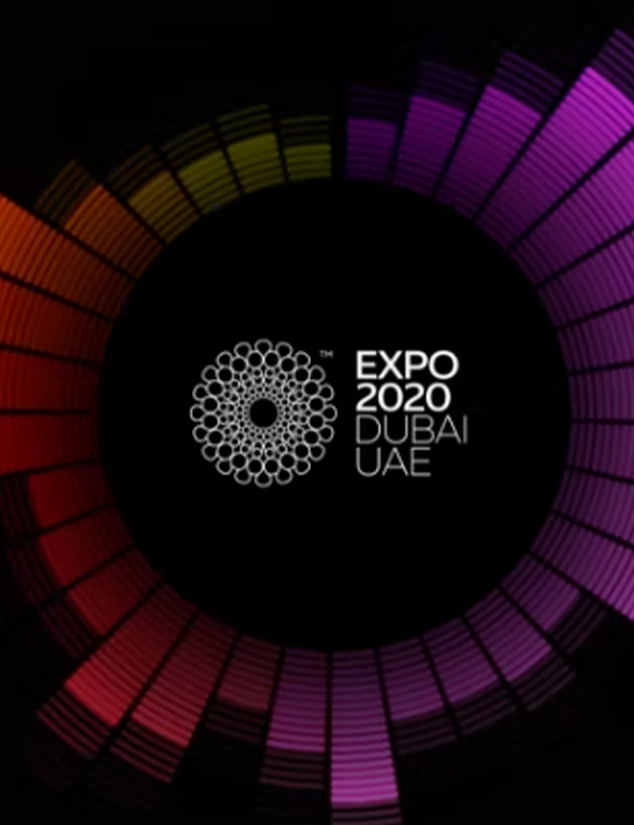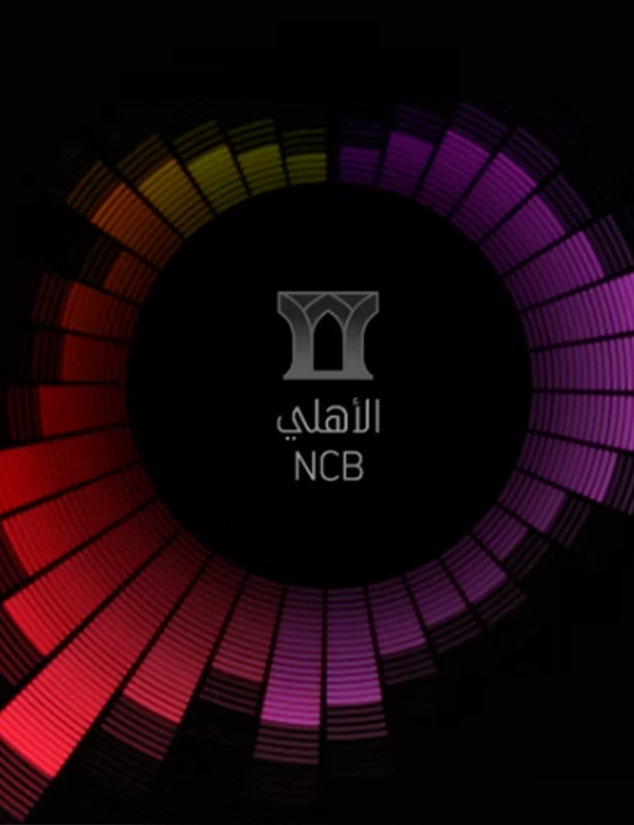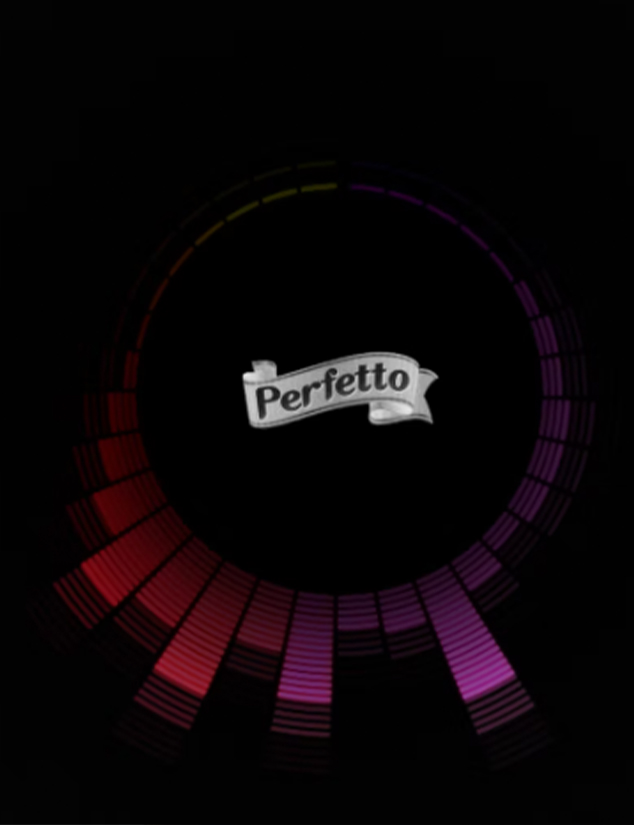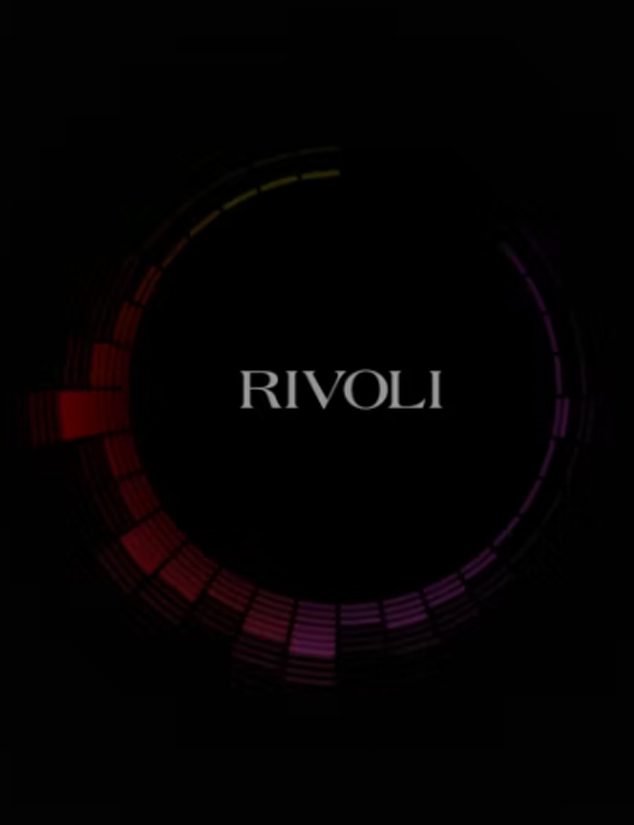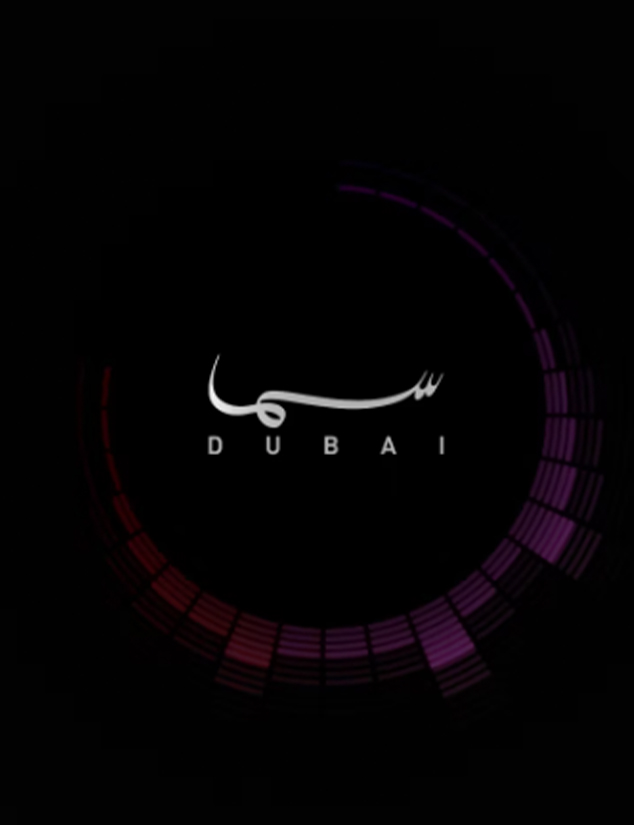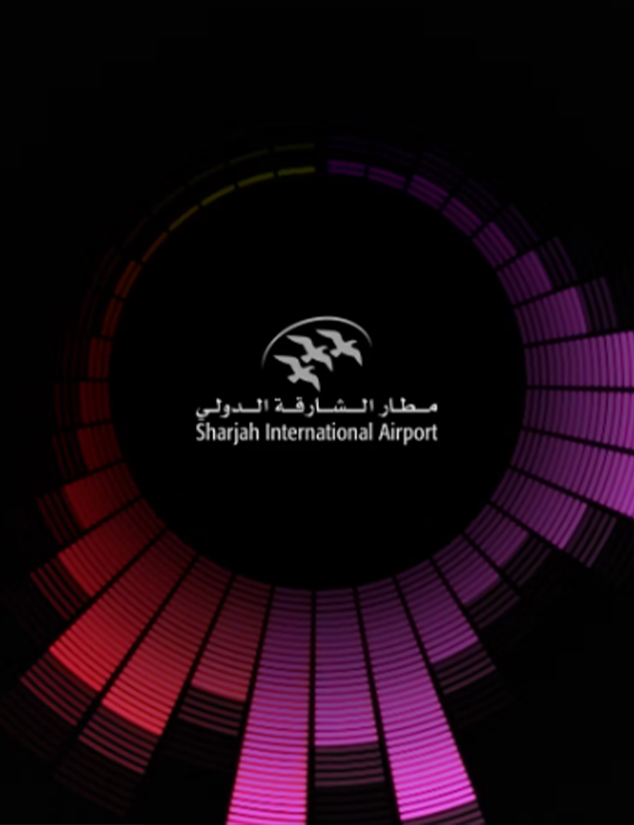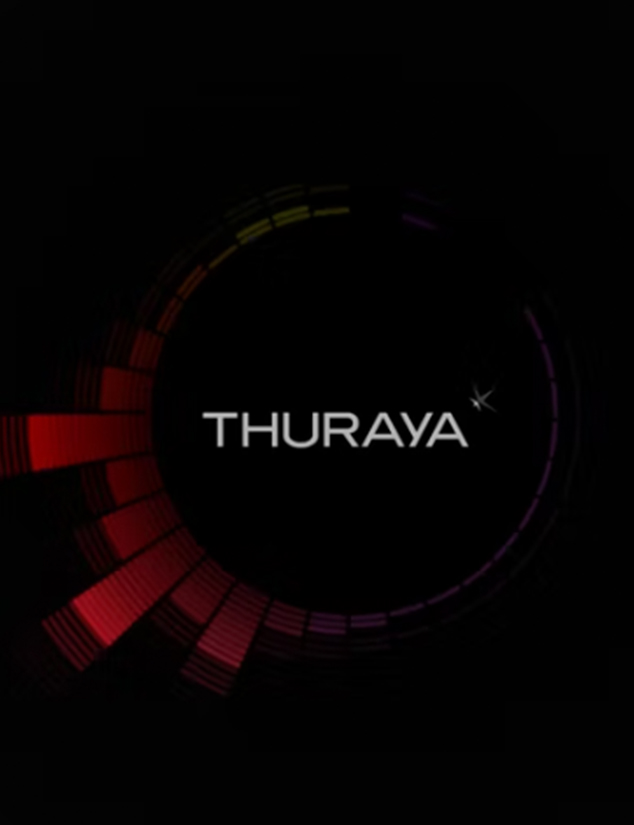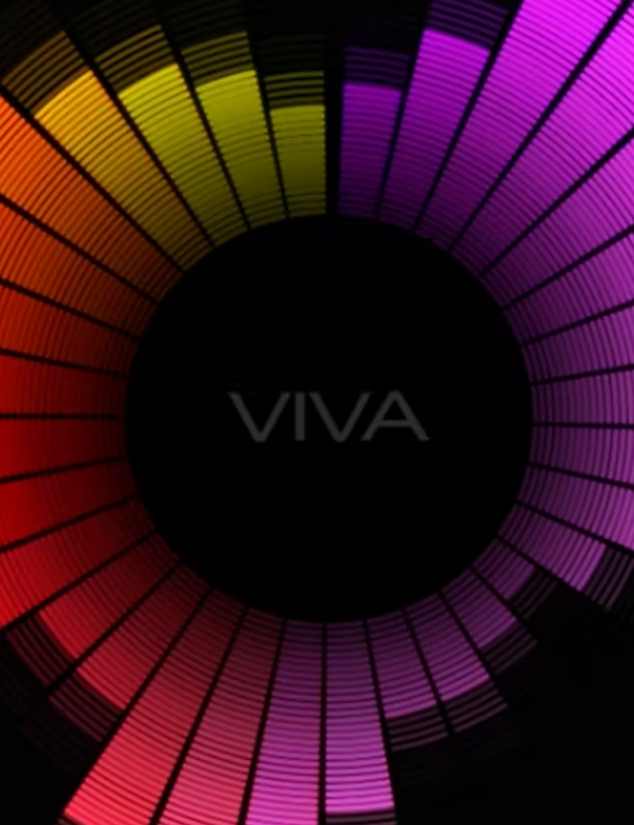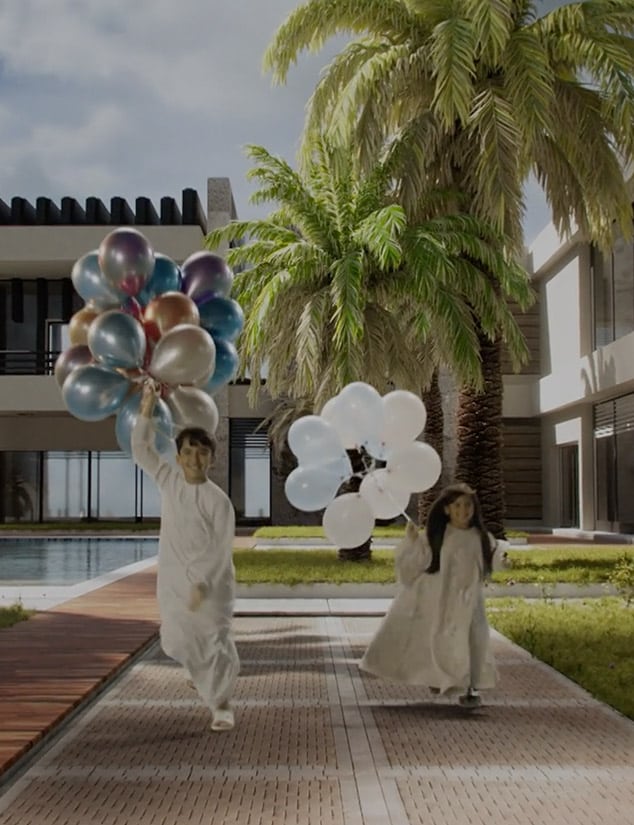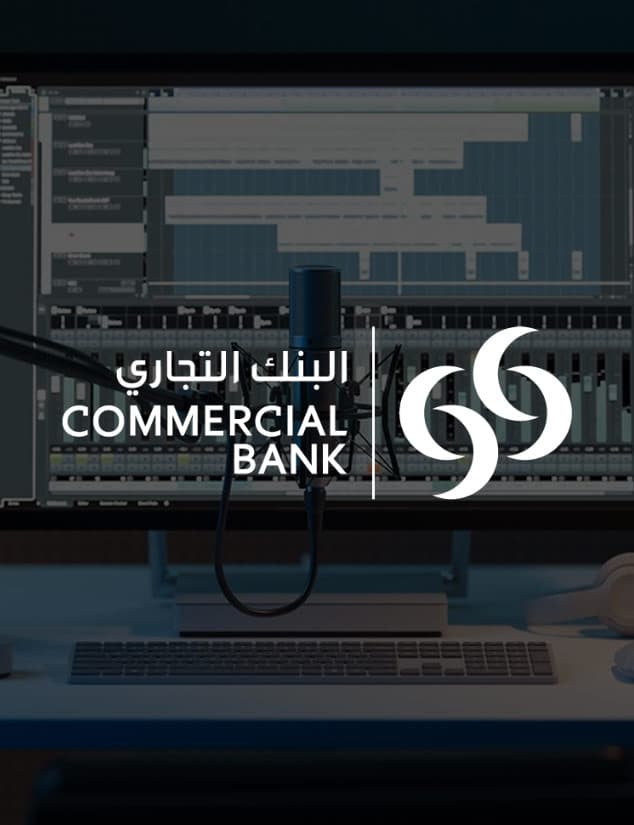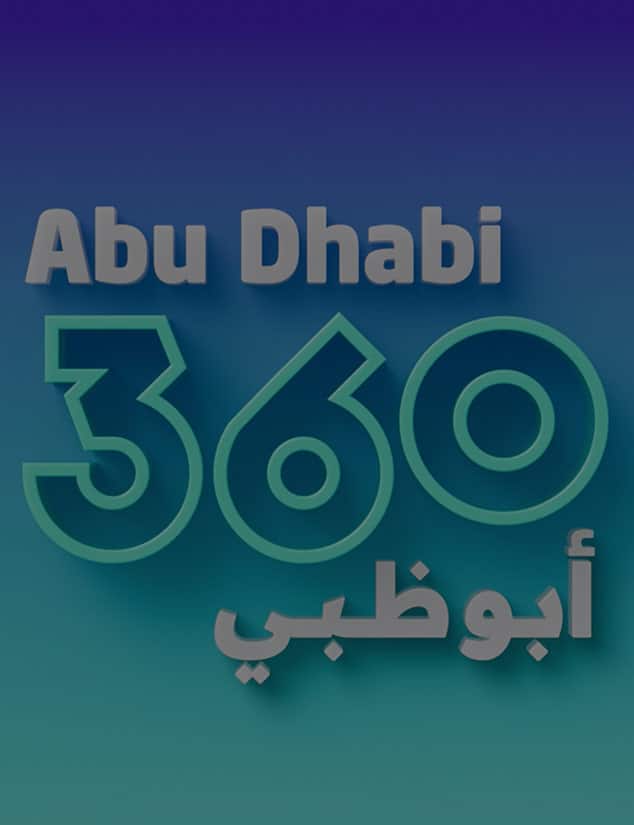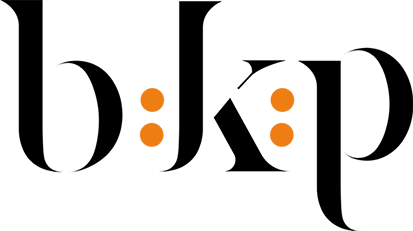Expert Sound Design Services in Dubai & UAE
At BKP Group, we believe sound is not just something you hear – it’s something you feel. As one of the UAE’s most established audio production companies, we specialize in custom sound design and audio post-production services that bring stories, environments, and brands to life.
From intricate sound effects and foley to immersive 3D audio for games and VR, our sound design studio in Dubai delivers professional audio that enhances every detail of your content. Whether you’re creating a cinematic masterpiece, an interactive experience, or a brand campaign, BKP Group is your trusted partner for innovative and high-quality sound design.
Check out our work
The Power of High-Quality Sound Design
Sound design is a crucial element in storytelling and user experience. It shapes how audiences perceive visual content, deepens emotional engagement, and makes messages more memorable. From subtle atmospheric layers to dramatic, attention-grabbing effects, professional sound design enhances every aspect of media production.
In today’s competitive creative landscape, audiences expect not just visuals, but complete sensory immersion. Whether in film, advertising, gaming, or live events, poor audio can undermine even the most visually stunning content. BKP Group ensures your sound is as impactful as your visuals, combining artistic vision with technical expertise to create unforgettable audio environments.
Our Sound Design Services
Custom Sound Effects & Foley
Our sound design team creates tailored sound effects from scratch, giving your project a unique and authentic audio identity. From everyday ambient sounds to fantastical sonic textures, we build audio that supports and elevates your visuals.
We also provide professional Foley recording, recreating natural human sounds – footsteps, cloth movement, object handling, to add realism and depth to film and video.
Services include:
- Original sound effects tailored to your visuals
- Foley recording and syncing
- Layered textures for complex soundscapes
- Sound libraries curated or created to match your brand tone
Audio Post-Production
We offer comprehensive audio post-production services that polish and finalize your project’s sound. This includes editing, sound cleaning, mixing, and mastering to ensure audio clarity and balance across all platforms and playback systems.
Whether you’re working with dialogue-heavy video, animation, or branded content, our post-production specialists will ensure your audio is professional and broadcast-ready.
Post-production services:
- Dialogue cleanup and noise reduction
- Audio restoration and enhancement
- Multi-track mixing and surround sound support
- Mastering for film, TV, streaming, and web platforms
Immersive Soundscapes for Interactive Media
As immersive technologies like virtual reality (VR), augmented reality (AR), and gaming evolve, sound has become even more critical to user engagement. We create spatial and 3D audio environments that respond to movement, direction, and interaction – delivering a fully immersive experience.
From cinematic ambient worlds to dynamic game effects, our immersive sound design services transform interactivity into emotional resonance.
Applications include:
- VR/AR environments
- Mobile and console games
- Virtual exhibitions and showrooms
- Interactive web experiences
Sound Design for Film & Advertising
Great sound design can heighten drama, build anticipation, and evoke powerful emotional responses. At BKP Group, we collaborate with directors, editors, and creative teams to develop sound that enhances narrative and leaves a lasting impression.
We handle everything from sound effect creation to final mixdown for short films, documentaries, feature-length productions, TV spots, and digital campaigns.
Key services:
- SFX and sound layering for film scenes
- Emotional and narrative-driven audio cues
- Music and sound effect integration
- Final mix for cinematic or broadcast formats
Why Choose BKP Group for Sound Design in Dubai?
With decades of experience in the audio industry, we are a trusted name in sound design across the UAE. We’ve contributed to major regional and international projects, delivering consistently high production value and creative originality.
Our sound design studio is located in Dubai and equipped with cutting-edge technology, acoustically treated rooms, and advanced audio editing software. But what really sets us apart is our team – a dedicated group of sound designers, engineers, and Foley artists with a passion for creating exceptional audio experiences.
Ready to Design Sound That Resonates?
Visit our Contact page at https://bkp.group/contact/ or email us directly at info@bkp.group to get started.
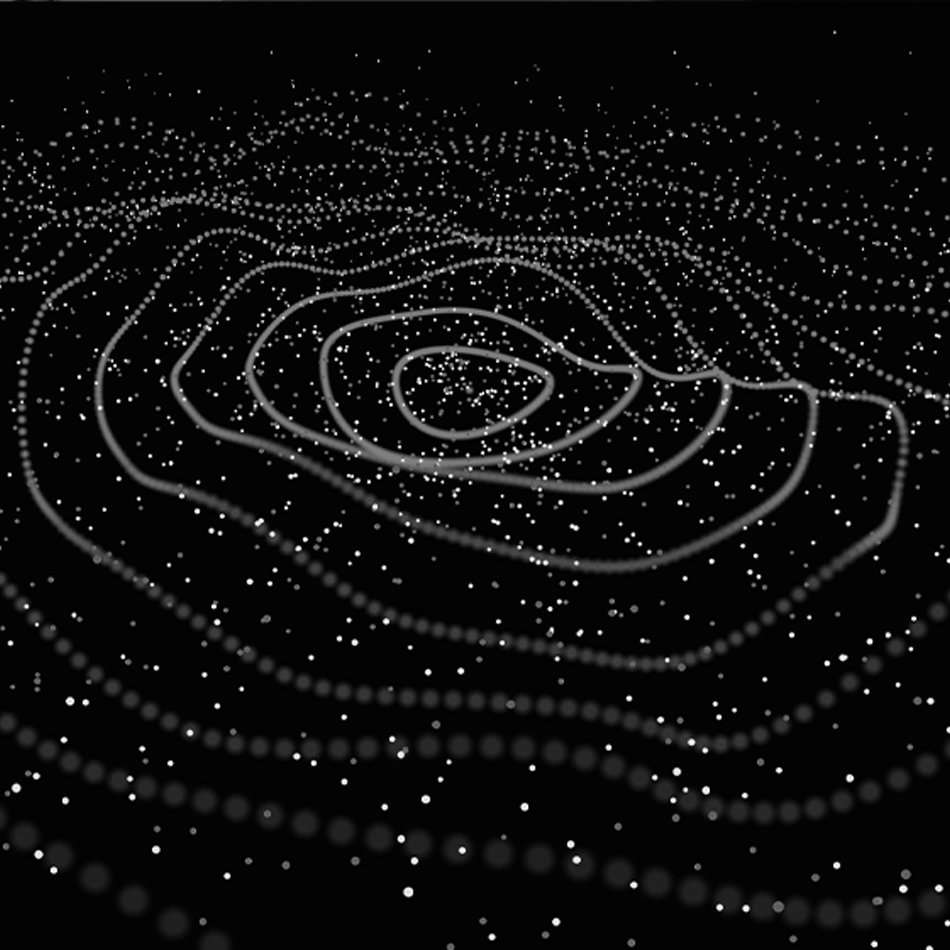
SONIC BRANDING EXAMPLES

